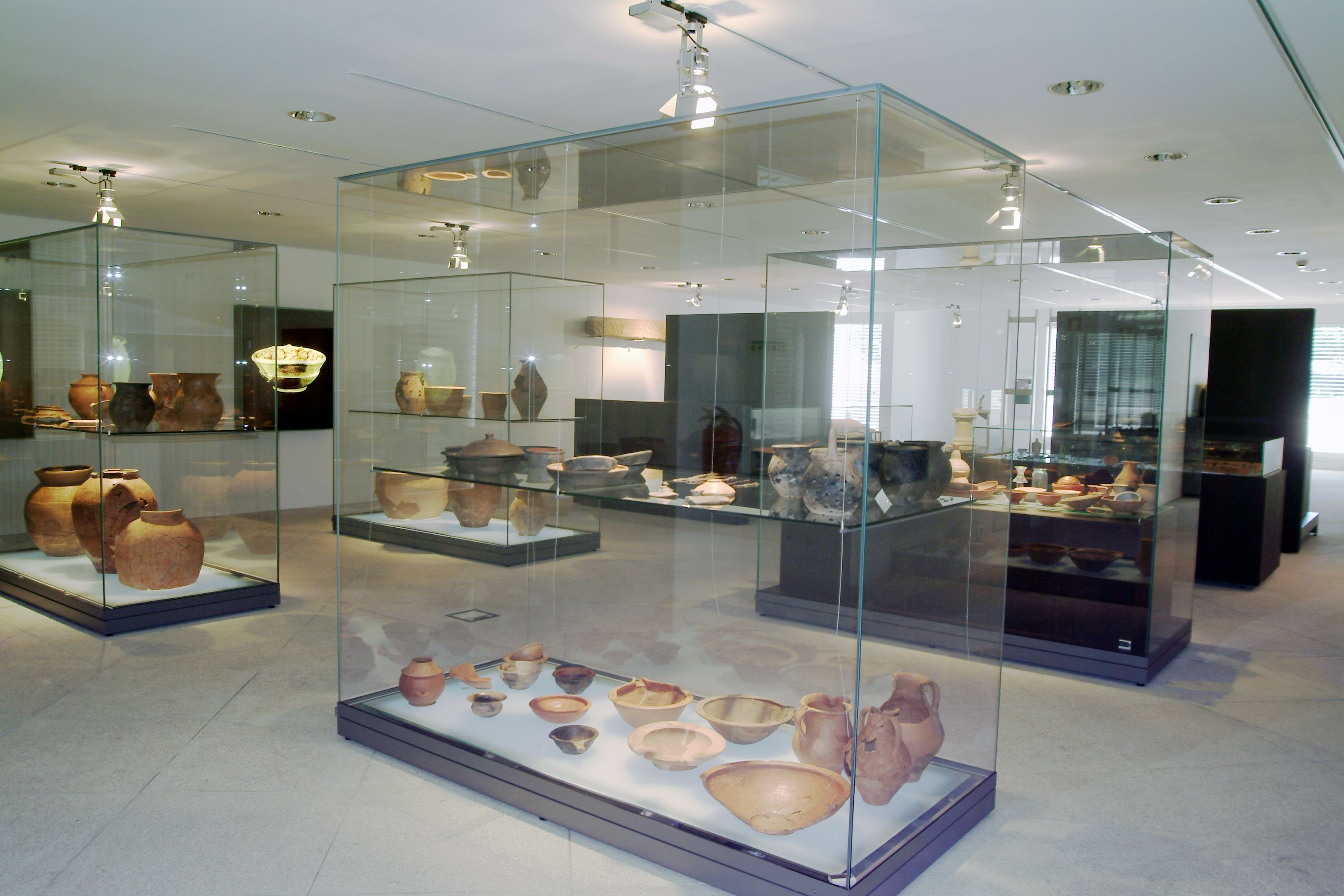The D. Diogo de Sousa Archaeology Museum operates in the context of the preservation and mediation of the local and regional archaeological heritage. This museum opened to the public on June 29, 2007, in premises built from scratch, located in the most significant archaeological area of the Roman city of Bracara Augusta. The Museum is the starting point to visit the nearby archaeological sites that have been turned into museums.
The name of the Museum is associated with Archbishop D. Diogo de Sousa (1461-1532), to whom we owe important measures of urban renovation in the city of Braga and the first attempts to safeguard the traces of Roman occupation. Between the sixteenth and nineteenth centuries, some initiatives were implemented towards the creation of a museum, which occurred in 1918, and the D. Diogo de Sousa Museum emerged as a museum of archaeology and general art. As a result of unfavourable circumstances, it did not operate regularly until 1980 when it was revamped as a Regional Museum of Archaeology. An Organic Law was passed to give it specific competencies in the field of archaeology.
The museum collection provides material evidence of cultural context and human occupation from the Paleolithic to the Middle Ages in the northern region of Portugal. The Pre and Protohistory collection comes mostly from archaeological sites in the north-west of the peninsula. It is worth mentioning the collection from the archaeological excavations carried out in the Roman city of Bracara Augusta, the only provincial capital of the Roman empire in Portuguese territory, and later capital of the Suevo Kingdom.
In addition to the collection of national origin, it permanently exhibits an international collection, the result of a Bühler-Brockhaus donation, thus making the D. Diogo de Sousa Archaeology Museum a clear reference as regards the relationship between the western territory of the Iberian Peninsula and the Mediterranean world in Classical Antiquity.
